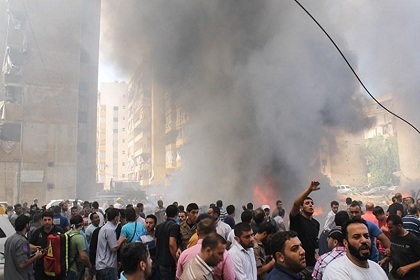
Researchers of criminal theory have often argued that the true objectives of terrorist attacks are not related to those who die, but to those who survive, including far from the target. This explains why their actions are called "TERRORism." The literal and conceptual senses of the word "terrorism" do not necessarily mean to kill. Rather the intent is to terrify — to frighten, intimidate and cause panic, in short, to terrorize. Thus, terrorism uses the bodies of the dead to strike at the minds and psyches of the living in trying to achieve its ultimate goal. In this sense, the bombing of the Iranian Embassy in Beirut on Nov. 19 provides a concise lesson in the principle of terrorism.
First, the operation was carried out by two suicide bombers, allowing those who planned the attack to enhance the scope of the horror by creating a large number of victims. An attack by suicide bombing tries to send a fear-filled message to everyone — to the victims of the operation itself and to the "real" targets: You cannot escape death and have little or no chance of deterring or preventing our attacks.
Suicide bombings cause more terror compared to various other forms of attack, for example, a localized bomb, a shooting targeting a person or a remotely detonated explosion. This was the case in Beirut. The message that day to the survivors was, "When we decide to strike, there is nothing you can do to stop us. When we decide to kill you, you will die. This is something you must live with every day of your life." [Link]



